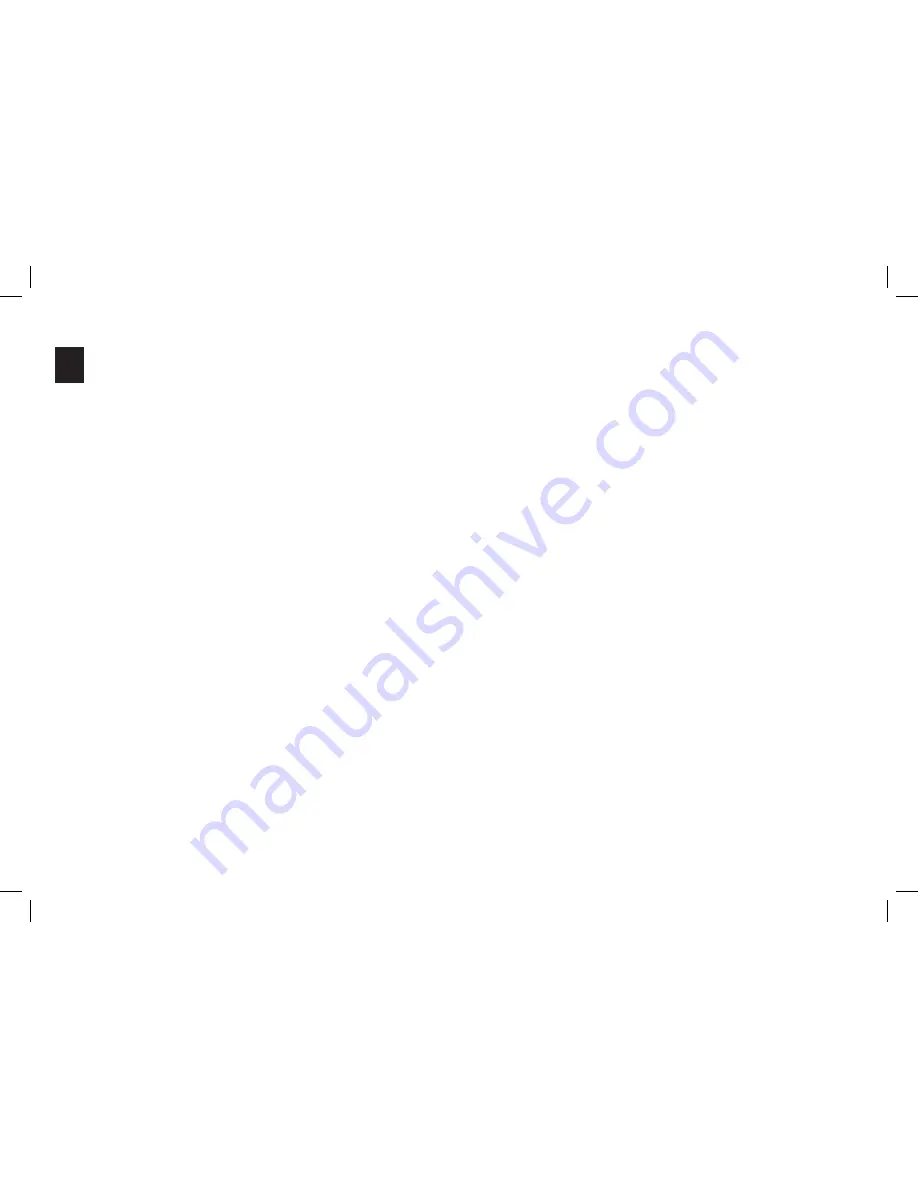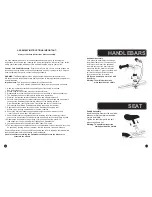
bicycle frame.
• Hold the wheel in this position and tighten the axle nuts to 21 ft.-lbs.
TIRE REMOVAL/SEATING
Before adding air to any tire, make sure the edge of the tire (the bead) is the same distance from the rim, all around the
rim, on both sides of the tire. If the tire does not appear to be seated correctly, release air from the inner tube until you can
push the bead of the tire into the rim where necessary. Add air slowly and stop frequently to check the tire seating and the
pressure, until you reach the correct inflation pressure.
BEARING INSPECTION
•
Maintenance
Frequently check the bearings of the bicycle. Have a bicycle
shop clean and re-grease the bearings once a year or any
time they do not pass the following tests:
•
Header Bearings
The fork should turn freely and smoothly at all times. With
the front wheel off the ground, you should not be able to
move the fork up, down, or side-to-side in the head tube.
•
Bottom Bracket Bearings
The crank should turn freely and smoothly at all times and
the front sprockets should not be loose on the crank. You
should not be able to move the pedal end of the crank from
side-to-side.
•
Wheel Hub Bearings
Lift each end of the bicycle off the ground and slowly
spin the raised wheel by hand. The bearings are correctly
adjusted if:
– The wheel spins freely and easily.
– The weight of the spoke reflector, when you put it toward
the front or rear of the bicycle, causes the wheel to spin
back and forth several times.
– There is no side-to-side movement at the wheel rim
when you push it to the side with light force.
36
E



































